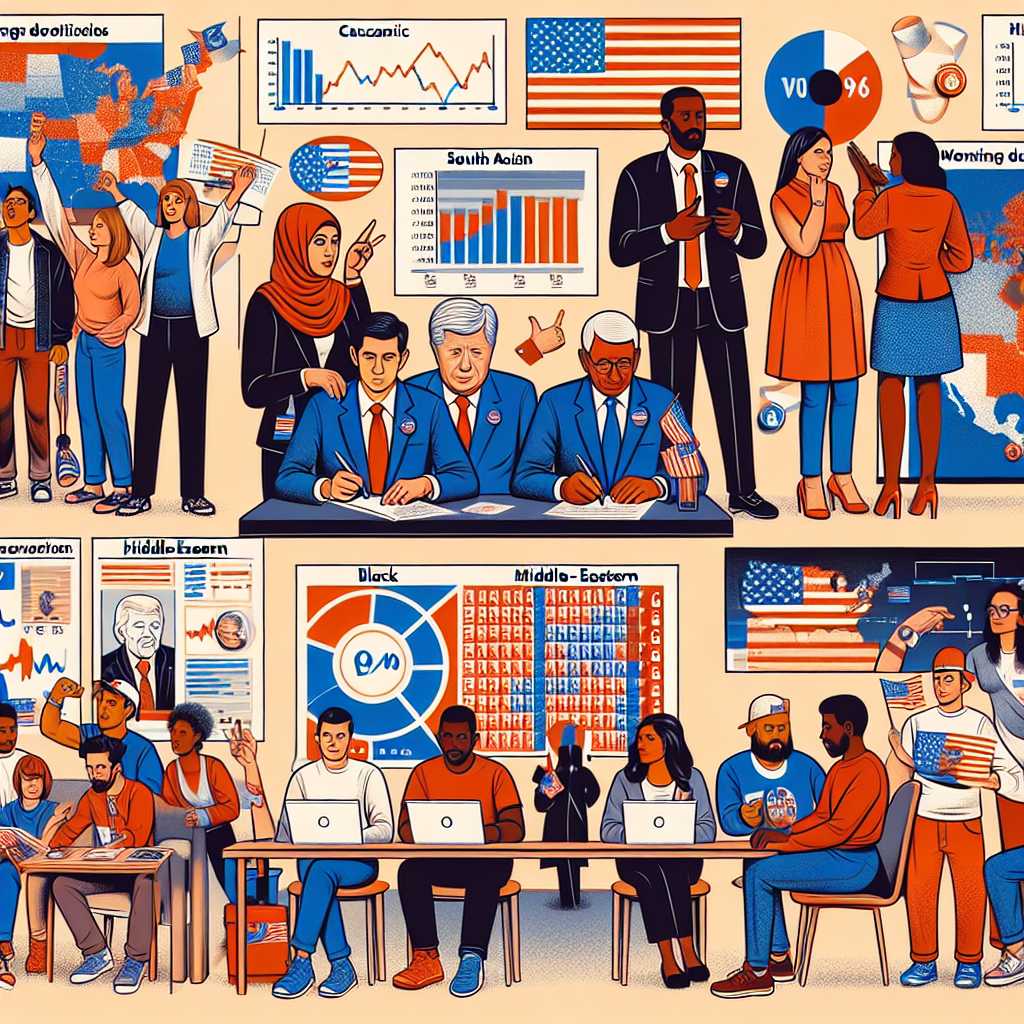Understanding the Dynamics of Election Races: An Overview of the Key Indicators to Watch
Knowing who is winning in an election race requires ongoing analysis of key indicators, current events, and the political landscape. The ever-evolving nature of politics means that victory can often be a complex topic distinguished by narrow margins and last-minute upsets. This article aims to provide insight into how political factions, campaigns, and candidates measure success and stay ahead in elections, without focusing on any specific election or endorsing any candidate.
Public Opinion Polls as a Measure of Success
One of the main indicators to assess who is winning an election is public opinion polls. Pollsters conduct surveys within the population to gauge support for different candidates. These surveys often take into account various demographics such as age, gender, race, and political affiliation, providing a detailed snapshot of the electorate’s mood at a given time.
Polls can vary widely in methodology – some are conducted over the phone, others online or through face-to-face interviews. There is something called the margin of error, which reflects the potential inaccuracies within a poll. It’s important for anyone following polls not to rely solely on any single poll but to look at aggregate measures and poll averages to get a more reliable picture of a voter’s intentions.
Campaign Finance as an Indicator of Electoral Strength
Another indicator of who might be winning an election is campaign finance. The amount of money raised by a candidate can signal their level of support and organizations’ endorsements. Having substantial funds allows candidates to invest in advertising, paying staff, and organizing events to build voter engagement and name recognition.
There’s also something termed ‘burn rate’ – an indication of how quickly a campaign spends its money. A low burn rate suggests efficiency and enough resources being saved for critical moments in the race (such as just before an election), vital for campaign endurance.
Endorsements and their Impact Projections
Getting influential endorsements can contribute significantly to who is winning an election. When well-known politicians, influential community leaders, or even popular celebrities endorse a candidate, it can boost that candidate’s perception of viability. Such endorsements are seen as a vote of confidence and can persuade undecided voters.
However, depending on the electorate’s mood, not all endorsements carry the same weight; some may even backfire if they come from figures viewed controversially by portions of the electorate.
Early Voting Trends Signaling Electoral Outcomes
With more jurisdictions adopting early voting processes or postal voting systems, analyzing these early vote patterns can provide clues about which candidate could be leading the race. It’s an early indicator of turnout, voter enthusiasm, and which demographics are most engaged- all pivotal determinants in figuring out electoral pulse.
Media Narrative and Electoral Sentiment
The media narrative around candidates impacts voters’ perceptions too. Positive coverage can significantly boost a campaign, while negative stories can damage reputations and diminish electoral chances. The support candidates receive from news outlets and how they are portrayed can play a noticeable role in guiding public perception and my influence undecided voters’ decisions.
Real-Time Analytics: Social Media Engagement as an Indicator
In today’s digital age, social media plays a crucial role in elections. Real-time analytics give immediate feedback on how well political messages resonate with electorate segments. A strong social media presence reflected through high engagement might indicate robust voter interest.
Election-Day Momentum: Coverage and Correspondence
Often in many elections, especially closely contested ones, it isn’t clear who is ahead until ballots are cast on Election Day itself – and sometimes long afterward. Extensions on vote counts—like mail-in ballots validated days later—can sway initial result perceptions. Instantaneous reporting updates continue to reflect predominantly real-time momentum during voting hours, impacting perceived success leading up until final tallies.
